The Water Tower, also known as the Reservoir, dates back to the times of Stanisław Herakliusz Lubomirski. It was used as a tank to collect water from local sources and then to channel it to the Palace through pipes. In 1777, the Water Tower was augmented with an architectural cylinder-shaped shell. At the time, the building was not plastered; it had a brick elevation, and the residents of the Royal Łazienki associated it with a medieval tower. For that reason, it was also called Baszta (Keep) or Okrąglak (Round Building). 18th century, parks in Europe, mainly in England (e.g. Broadway Tower, King Alfred’s Tower, Brezlee Tower), but also in France (Retz), saw towers of such type - Gothic or imitating the Gothic style.
In 1823, the Water Tower gained the look that we know at present. Chrystian Piotr Aigner patterned his design on the 1st century ancient tomb of Caecilia Metella in Rome. The structure’s decoration is simple and modest. On top, it is adorned with a frieze with oxen skulls (the so-called Bucranium), and fruit garlands. The motif is associated with the Roman custom of performing sacrifices during funeral ceremonies. A door with a colonnaded portico leads to a small courtyard surrounded with miniature rooms. A similar building from around 1800, also inspired by the tomb of Caecillia Metella, was constructed to enhance the Wynnstay Park (Denbighshire, Wales). In Poland, the ancient building was also imitated by the kitchen of the Królikarnia (Rabbit House), constructed according to a design by Domenico Merlini. These examples illustrate an interesting pattern of the time consisting in hiding utility buildings under façades of "noble" ancient edifices.
Chrystian Piotr Aigner (1756-1841)
In 1782, this architect was appointed military constructor of the Republic of Poland. He studied in Italy. He was a scholarship student of King Stanisław August. After returning to Poland, he held the position of Professor of Architecture and Hydraulics at the School of Corps of Royal Engineers in Warsaw.
His first important task was the conversion of the façade of St. Anne’s Church in Warsaw.
He also designed the current classicist shell of the Water Tower in the Royal Łazienki. His next works brought him recognition and fame. In 1813, after the King’s death and during the time of Russian reign in Warsaw, he became a member of the Academy of Saint Luke in Rome. In 1817, he became a professor of architecture at the Warsaw University. He also was the head government constructor. He spent his last years in Italy, and died in Florence after a long illness.
| children free of charge up to the age of 7 |
| Additional information | |
|---|---|
One ticket for:
Children over 7 and students under 26: 1 PLN |
| when? | name | where? | about what? | for free | for children | |
|---|---|---|---|---|---|---|
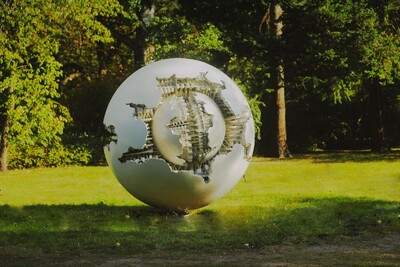 | 2022.07.09-2026.12.31 | Arnaldo Pomodoro "Sfera con sfera" Temporary exhibition | The Modernist Garden ul. Agrykola 1 00-467 Warszawa Masovian | sculpture | yes | |
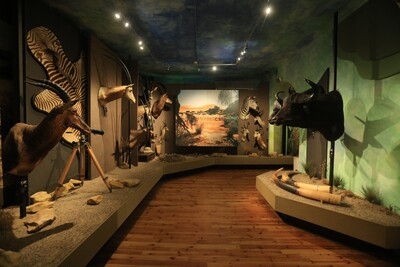 | Eyeball to Eyeball Permanent exhibition | The Museum of Hunting and Horsemanship ul. Agrykola 1 00-460 Warszawa Masovian The exact location of the exhibition Cantonists' Barracks | yes | |||
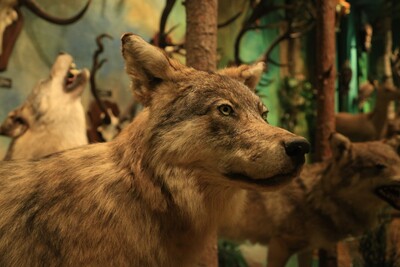 | In the Field and in the Woods. Part I: Forest Permanent exhibition | The Museum of Hunting and Horsemanship ul. Agrykola 1 00-460 Warszawa Masovian The exact location of the exhibition Cantonists' Barracks | yes | |||
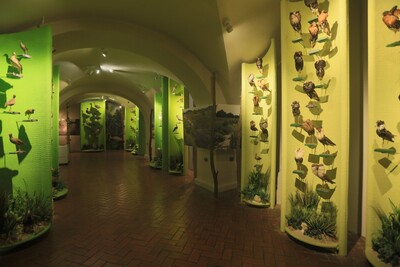 | In the Field and in the Woods. Part II: Birds Permanent exhibition | The Museum of Hunting and Horsemanship ul. Agrykola 1 00-460 Warszawa Masovian The exact location of the exhibition Cantonists' Barracks | yes | |||
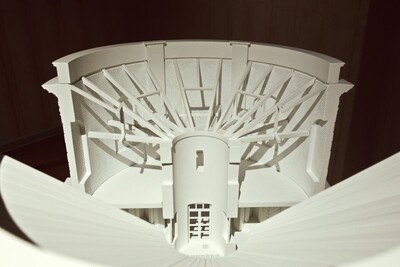 | Permanent exhibition Permanent exhibition | The Water Tower Place temporarily unavailable ul. Agrykola 1 00-467 Warszawa Masovian | ||||
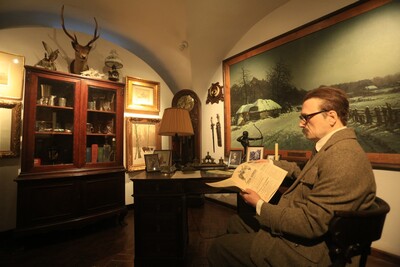 | Polish Hunting Room of the 19th and 20th Century Permanent exhibition | The Museum of Hunting and Horsemanship ul. Agrykola 1 00-460 Warszawa Masovian The exact location of the exhibition Cantonists' Barracks | yes | |||
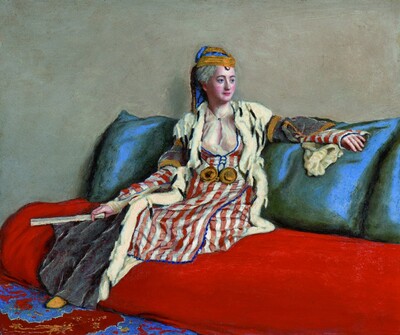 | Royal Picture Gallery of Stanisław August Permanent exhibition | The Palace on the Isle ul. Agrykola 1 00-467 Warszawa Masovian | ||||
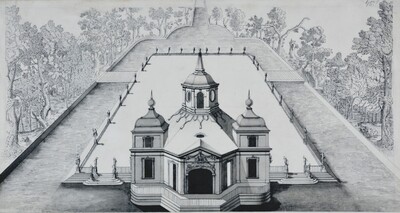 | The Royal Collection of Prints of Stanisław August Permanent exhibition | The White Pavilion Place temporarily unavailable ul. Agrykola 1 00-467 Warszawa Masovian | graphics and drawing, painting | |||
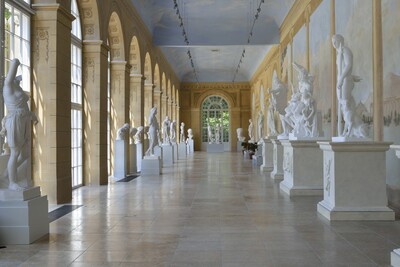 | The Royal Sculpture Gallery Permanent exhibition | The Old Orangery ul. Agrykola 1 00-467 Warszawa Masovian | ||||
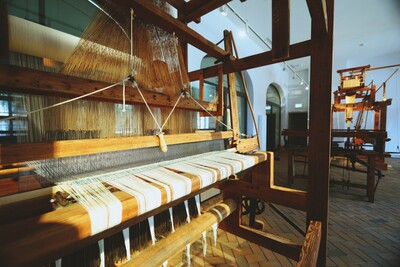 | The royal weaving workshop Permanent exhibition | The Museum of Hunting and Horsemanship ul. Agrykola 1 00-460 Warszawa Masovian The exact location of the exhibition The Kubicki Stables | yes | |||
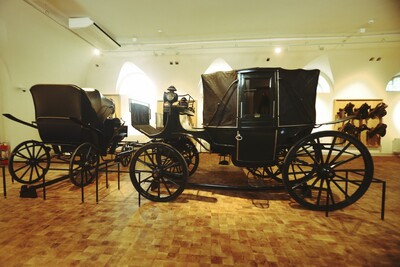 | Zbigniew Prus-Niewiadomski Coach House Permanent exhibition | The Museum of Hunting and Horsemanship ul. Agrykola 1 00-460 Warszawa Masovian The exact location of the exhibition The Kubicki Stables | yes |